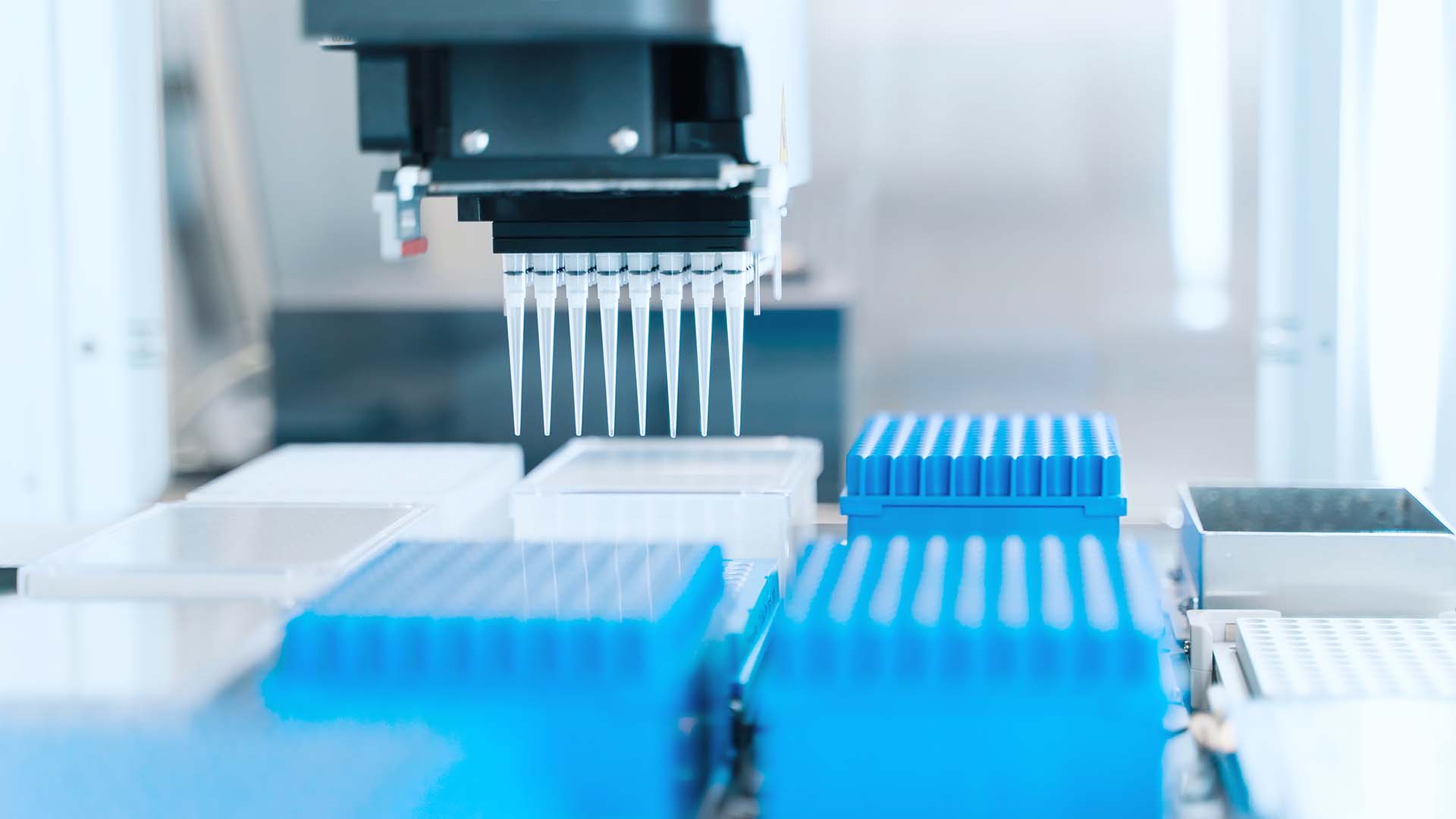Sign up to our newsletter Subscribe
Analysing Global Immunisation Expenditure

Sign up to our newsletter Subscribe


Just published by OHE researchers is a comprehensive analysis of what policy measures are needed to counter the growing global problem of antimicrobial resistance. Their key findings are summarised in this blog post. Sharma and Towse Just published by OHE…

Just published by OHE researchers is a comprehensive analysis of what policy measures are needed to counter the growing global problem of antimicrobial resistance. Their key findings are summarised in this blog post.
Just published by OHE researchers is a comprehensive analysis* of what policy measures are needed to counter the growing global problem of antimicrobial resistance. Their key findings are summarised in this blog post.
The global burden of antimicrobial resistance (AMR) is an increasingly serious issue. In Europe, for example, drug resistant strains of six microbes were responsible for 2.5 million extra hospital days that cost over €900 million in 2007. MSRA is epidemic in the US, where an estimated 60 percent of intensive care hospital patients are infected. MSRA rates are even higher in other countries.
Finding approaches to address AMR are critical. Required are measures that both discourage overuse of antimicrobials and encourage the development of new ones. In recent years, according to the authors, emphasis has shifted toward the latter imperative in both Europe and the US, and with good reason. Because incentives are insufficient, the rate of discovery of new antibacterials has fallen dramatically in the past 40 years. By 2009, less than 20 antibacterial drug candidates were in development worldwide; only a portion of those will successfully reach the market.
The challenges
The authors identify several related economic and social challenges to simulating an efficient R&D response to AMR.
The use of antimicrobials reduces their value as resistance develops with use, a phenomenon the authors term a ‘utilisation externality.’ This occurs as a result of both: (a) inappropriate prescribing, both as the result of overprescribing and the lack the diagnostic tests necessary to best target use and (b) patients’ failure to follow the appropriate regimen because of financial/logistical issues or lack of awareness of the importance of doing so. For a health system, then, the authors point out, the wisest course may appear to be to limit the use of new drugs to patients with resistant infections. Such a controlled and limited market, however, will not encourage pharmaceutical companies to allocate scare R&D resources to antimicrobials.
Then nature of the market for antimicrobials creates a pronounced lack of incentives for R&D. The profitability of antimicrobials is low because of restrictions on their use, short courses of treatment, an uncertain regulatory environment, scientific challenges in developing new antimicrobials, and the failure of health technology assessment (HTA) to take into account the true social and economic costs of AMR.
The issues are global. Because manufacturers’ income is constrained in wealthier countries, their ability to price sufficiently lower elsewhere also is constrained, affecting access. Moreover, prospects for unintentional misuse and the development of resistance are higher in middle and low income (MLICs) countries. ‘Any AMR policy implemented in one part of world’, the authors point out, ‘will have implications for other parts.’ Global policies may be required, then, to successfully encourage innovation, but the authors warn that this should not be at the price of delay, which will only increase the overall costs of AMR.
Potential responses
Attempts to stimulate innovation can take two guises. ‘Push’ incentives pay for research inputs by funding or rewarding R&D efforts, regardless of whether they produce useable products. The funder bears the risk in this case. ‘Pull’ incentives, in contrast, reward only successful R&D efforts, i.e., those that produce useable products. The challenges of pull incentives are: determining how great the reward must be; how to divide the reward among the first and subsequent products; determining what constitutes an approvable product; and the chance that politicians may change the rewards after companies have made substantial R&D investment.
| Table 2. Examples of push, pull and hybrid incentives | |
| Type of Incentive | Incentive |
| Pull | Advance market commitments (AMC) Priority review vouchers (PRV) and the fast track option (FTO) variation of PRV Patent extensions Transferable Intellectual Property Extensions |
| Push | Product development partnerships (PDPs) Tax incentives Direct funding of R&D Funding and regulatory support for pre-competitive consortia |
| Hybrid | Orphan drug legislation Vaccines and drugs to counter chemical, biological, radiological and nuclear (CBRN) threats, including Project BioShield |
The authors argue that push incentives are best at overcoming scientific hurdles, while pull incentives best address commercial considerations. They propose a hybrid of the two, noting that mixes of push and pull have been successful, for example, in encouraging the development of orphan drugs.
Recommendations
Two types of ‘pull’ incentives are favoured by the authors. The first links higher prices to conservation, i.e., appropriate use. This requires both accepting that tight controls over use will be necessary and increasing the use of point-of-care diagnostics to better target antimicrobial use. Developing and making available effective diagnostics, then, is an essential part of the approach, one that raises its own set of challenges.
To counter payers’ concerns about prices, the authors argue, HTA assessments must explicitly take into account the growing costs of AMR; pricing and reimbursement decisions also should be accelerated to ensure the earliest possible market use, an issue particularly important in the EU. Any policy should include some of the components of other successful programmes, particularly mechanisms for clarifying regulatory review/approval requirements and, possibly, patent extension.
The second type of ‘pull’ incentives recommended by the authors increase the likelihood of profitability once the product reaches the market. This includes, first, an Advance Market Commitment (AMC) ‘in the form of a cash “prize” for registration of a product meeting pre-agreed AMR specifications’. The AMC would be important particularly for products likely to experience low immediate use, the authors state. It would need to be structured to enable ‘follow on’ products to achieve a return sufficient to encourage development. Moreover, the winner also may need to accept that the product might be held in a strategic antibiotic reserve.
The second profitability incentive might be a transferable intellectual property extension that could be traded, i.e., assigned to another product, one with a larger market. The authors point out, however, that this approach is likely to meet with opposition and estimating the value of such an extension poses a practical problem.
Accompanying ‘push’ incentives recommended by the authors include a Product Development Partnership (PDP), particularly to fund earlier stage R&D, as well as accelerated market access and tax breaks for early stage R&D. ‘Push initiatives,’ they note, ‘would reduce the required size of the pull initiatives’.
Because the challenge is global, the response must global. The authors suggest that this include: cooperation between the US and Europe to provide complementary incentives and share the burden, and to explore and resolve regulatory issues. Conservation efforts and access are global issues and so must draw in global actors. ‘Achieving multi-stakeholder agreement to constrain antimicrobial use will not be easy but it is an essential complement to the successful incentivisation of R&D for new drugs to tackle AMR’, the authors conclude.
*Towse, A. and Sharma, P. (2011) Incentives for R&D for New Antimicrobial Drugs. International Journal of the Economics of Business. 18(2), 331-350.
An error has occurred, please try again later.
This website uses cookies so that we can provide you with the best user experience possible. Cookie information is stored in your browser and performs functions such as recognising you when you return to our website and helping our team to understand which sections of the website you find most interesting and useful.
Strictly Necessary Cookie should be enabled at all times so that we can save your preferences for cookie settings.
If you disable this cookie, we will not be able to save your preferences. This means that every time you visit this website you will need to enable or disable cookies again.
This website uses Google Analytics to collect anonymous information such as the number of visitors to the site, and the most popular pages.
Keeping this cookie enabled helps us to improve our website.
Please enable Strictly Necessary Cookies first so that we can save your preferences!

